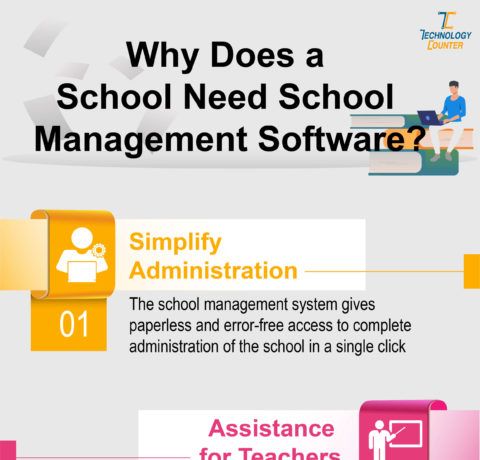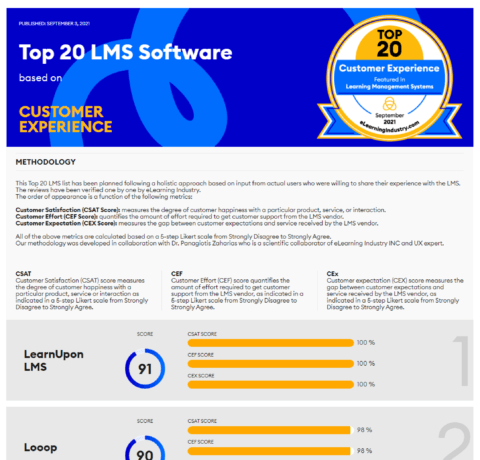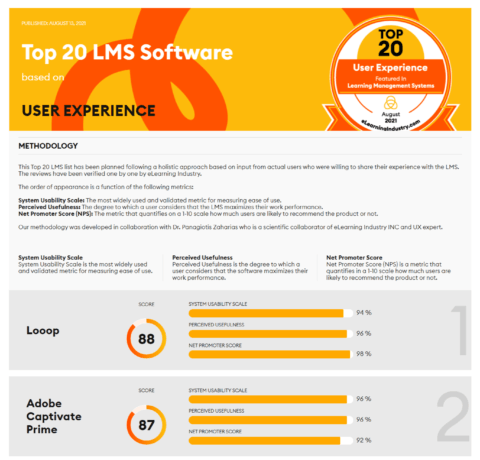How To Motivate Different Kinds Of Students With Digital Learning Tools Infographic
1. Enhance Desire To Learn And Gain Knowledge
Students with mastery-intrinsic orientation don't need motivation from the outside, but it is important to support them and provide resources. Digital tools allow personalized learning where students can get additional tasks or projects, new tools, ideas, and ways to share information. Participating in a variety of online learning communities will help students to expand their creative capacity and reasoning skills.
2. Empower Students To Achieve More
Students with mastery-extrinsic orientation strive for achievements: although they are highly motivated, they might feel depressed and lose interest in studies if they are unable to reach their goals. game s can help, as they provide opportunities for students to achieve new levels or rewards. Students can actively participate in an online learning community to gain attention, and tutoring others in the use of different digital tools can also be a motivating factor.
3. Help Students Become More Successful
Students with performance-approach orientation are competitive and want to be at the top of their class. For these students, a gaming environment can increase motivation with the possibility to excel. In an online community, it is also possible to achieve more-create more materials, more impressive graphics, or more popular videos.
Additionally, different kinds of cooperative projects may provide insight into learning together; as a team, everyone can reach a higher level, making competition less important. It is a good idea to praise students for working collaboratively as well as for their individual achievements.
4. Improve Student Performance
Students with performance-avoidance orientation fear public failure. Such students especially benefit from learning communities where they don't have to worry about failing as individuals, and they can contribute to creating something new together. Reflecting on one's own learning is useful for all learners, but particularly for students with this type of orientation. An electronic notebook that acts as evidence of past projects can prove that the student has been able to perform successfully before. Accessibility tools can help students with special needs.
5. Improve Student Focus
Students with work-avoidance orientation want to minimize their efforts. It is important to understand that this kind of a student might be very talented yet bored - they should be given meaningful real-life projects or exciting tools to work with. In a digital learning environment, it is easy to find materials and experts on any niche topic that the student finds interesting. You can motivate students by showing the usefulness of a task; it makes sense to learn to code instead of implementing the same thing many times over.







You can adjust your cookie preferences here.